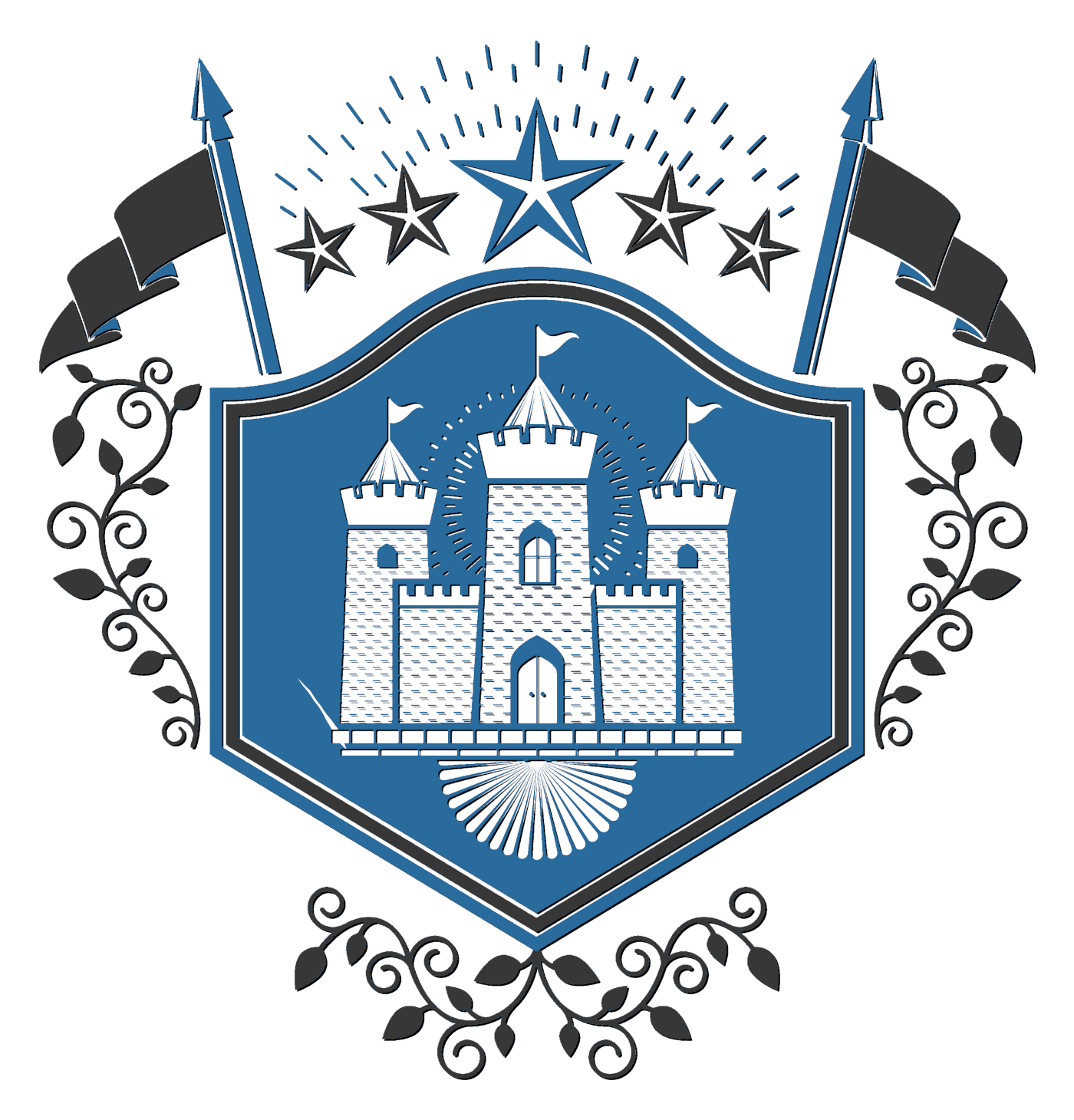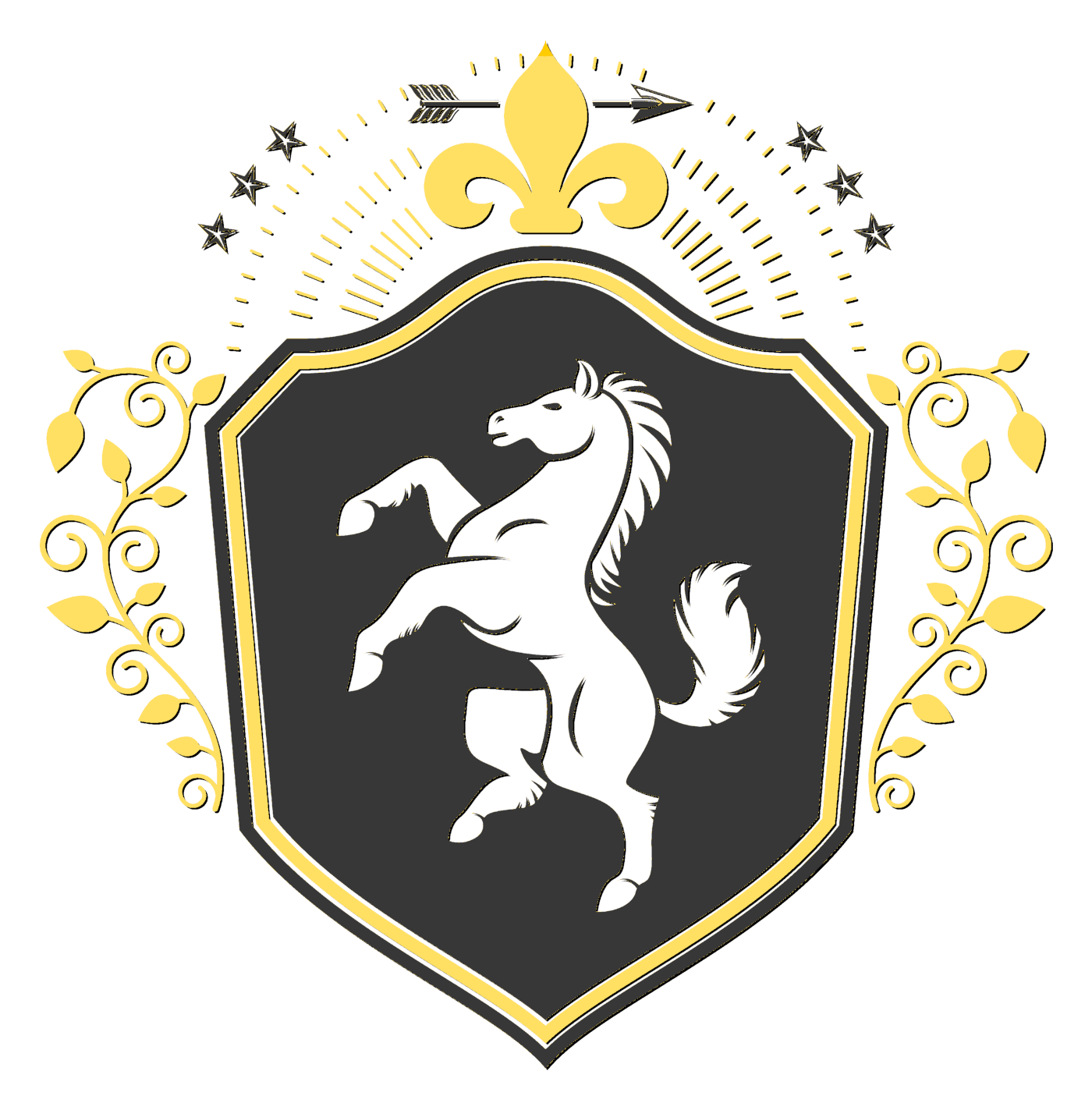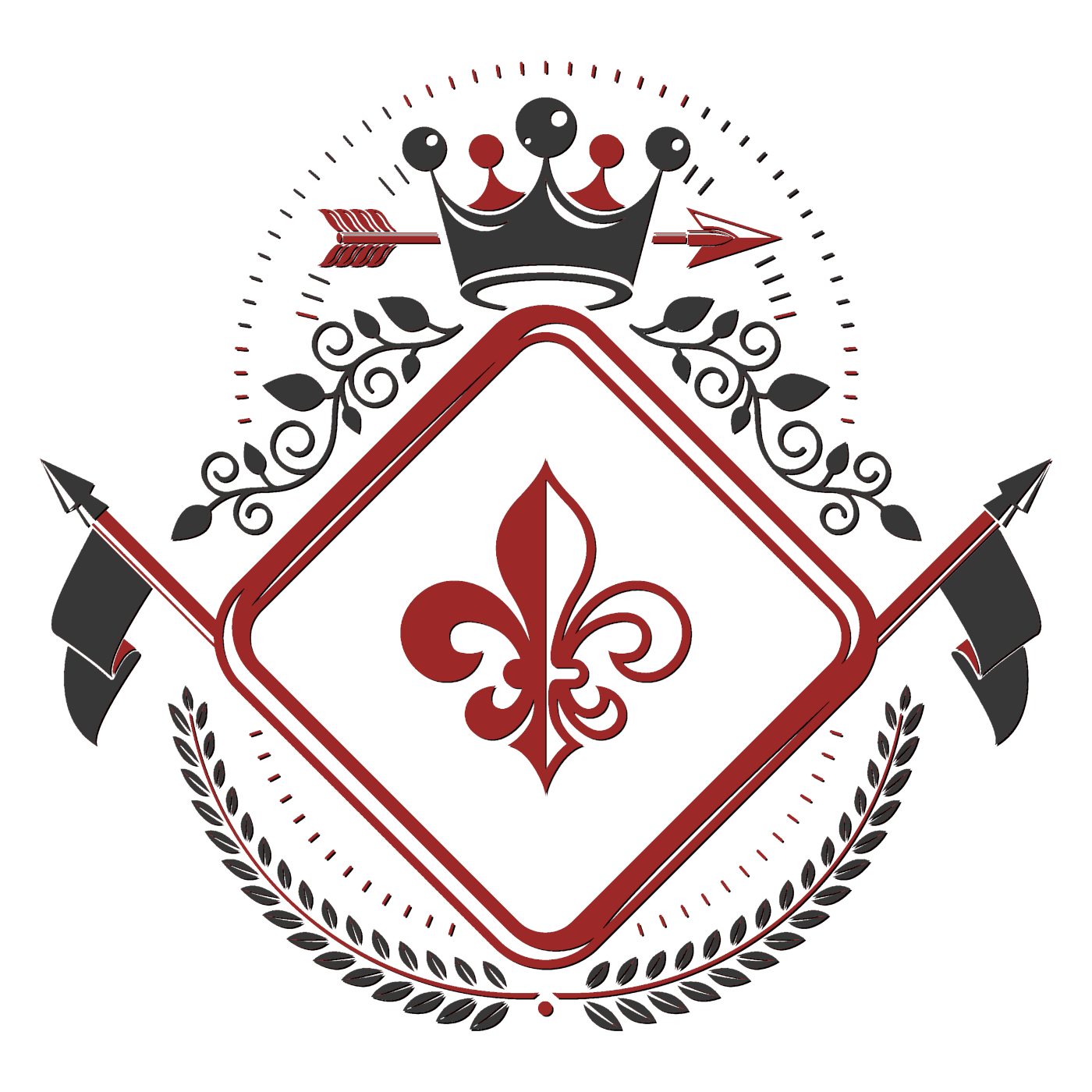Another zany world-building post from Seer

So in one of my missions classes the other day we talked about culture and its multilayer nature and I instantly thought about how the stuff I was learning could be applied to our fantasy worlds and making more inventive races. I think the tendency for most of us (myself included) when we think about our fantasy races' cultures is to focus on how they do things like dress and eat and govern and fight and make art and so on and so forth. These things are what we see when we look at a culture and so when we want to make one up they're what we try to invent/replicate. I think this new way of looking at culture though has a lot of potential for fantasy writers who want to make interesting peoples for their worlds. To start with take a look at this:

The outermost layer you see is
Behaviors. These are all the things a people do and how they do them. Wearing only red-colored clothing and avoiding the color blue, for instance is a behavior. The next layer is
Values. These are the things people believe about what is good/bad, ugly/beautiful, desirable/undesirable and they fuel behaviors. For instance, believing that the color red is beautiful and the color blue is ugly would result in the behavior of wearing red and avoiding blue. The Values and Behaviors are influenced by the lower level of
Beliefs. Beliefs constitute what a culture sees as true/false, and in some sense real/unreal. So the belief that red is a real color and blue an un-color results in thinking red beautiful and blue ugly which expresses itself in the colors of clothing. And beneath the Beliefs, Values, and Behaviors and giving source to all of them is the cultures
Worldview. In the most boiled down of definitions, a worldview is how one views reality. So the people that live in a temperate climate with warm summers and springs that coax wildlife into flourishing and cruel winters that seem to extinguish all life, associate in someway reality/life with warmth/heat/energy/fire and death/unreality with cold/winter/darkness. From this worldview only warm colors like red are true colors and cool colors like blue are un-colors. So red, the warmest of colors, is beautiful and blue, the coolest of colors, is an ugly un-color. The beautiful color red is found throughout this culture in garments and ornamentation while the un-color blue is used as a mark of shame for the undesirables/outcasts of the society.
So how can all this cultural mumbo-jumbo help you with your fantasy races? I see two possible ways a fantasy writer could use these principles to enhance the races in their worlds. The first is with races and cultures that they've already done some development on and come up with some behaviors for. Starting with the various behaviors, they can use a similar process to the one used in our red-blue example. Look at the things the race does and how they do them and then think about some of the possible values beneath these behaviors and the values underlying them, and maybe a little thought about their possible worldview. Now, obviously all this could very easily be taken to an extreme philosophical level of complexity that does little more than give the author headaches. So when thinking about worldviews in particular, I would say simply take some time to think about the environment of the race and how that might impact their view of reality. If a race has physical features or special abilities beyond that of normal humans, then think about ways that this might cause them to see reality differently than we do. This process of reverse engineering gives you a solid basis to evaluate what you've already developed for your culture as well as a firm cohesive foundation for further development.
The second way that these principles can help you is if you've got a new race that you're wanting to develop, you can start from the ground up and get some very basic thoughts about their worldview and then from that derive some beliefs that allow you to formulate some values, and you can use all of this to think of ways that it would express itself in your new race's behaviors.
I want to throw in a cautionary note that while all this developmental experimentation can be fun and beneficial to your world building, very little of it beyond behaviors will probably make its way into your writing unless you decide to write a fictional documentary on your race. Some beliefs and values will of course probably make their way into your prose depending on how prominent the race is in your writings, but the worldview should probably never be explicitly explained partially because worldviews are such nebulous things that an attempt to describe it definitively would likely do more harm than good. I know that my red-blue illustration is simplistic, but if one person invested all time and mental energy it took to create a culture of the complexity of the ones that organically manifest in our world, they would likely have no time in one lifespan to develop any other aspects of their world.

Hope this is helpful to you. Like I said before, these were just some thoughts that I had after one of my missions classes. Try these out in your worlds and let me know if they helped you any. Also feel free to share any thoughts or insights you have about these ideas.
In Christ,
Jordan




